SUMMARY
This is AI generated summarization, which may have errors. For context, always refer to the full article.
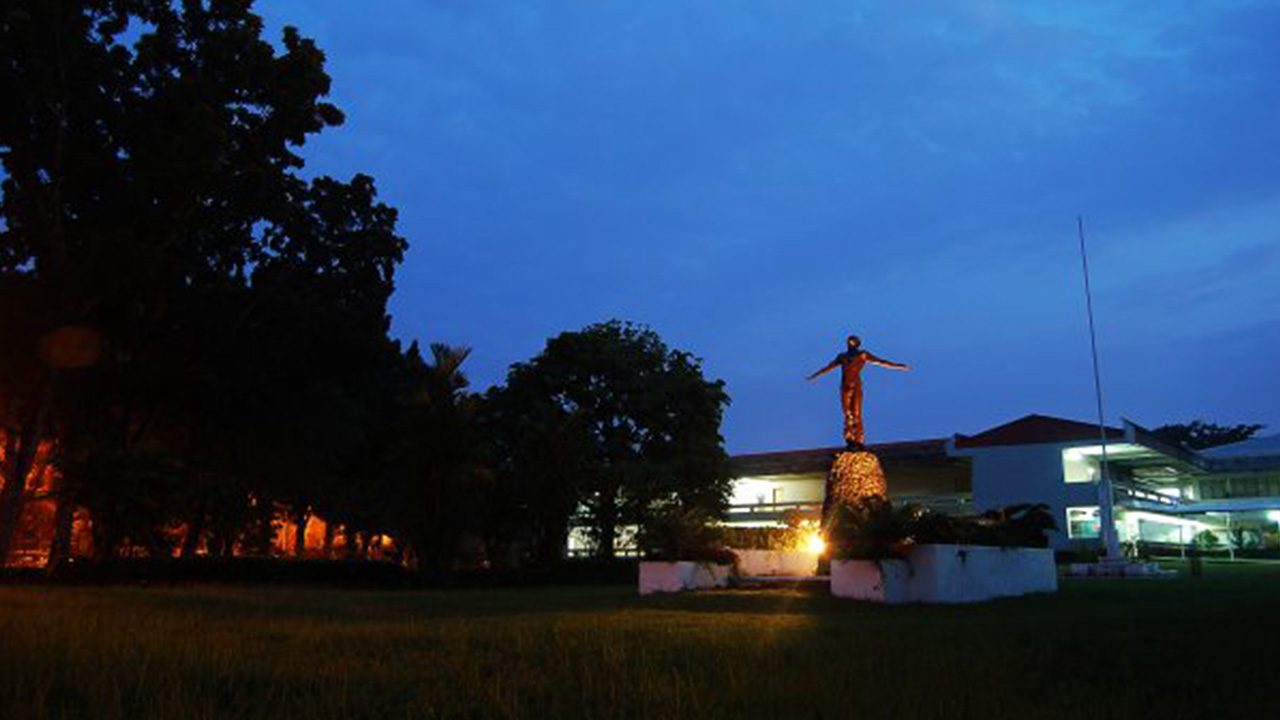
TACLOBAN CITY, Philippines – The declaration of Martial Law in 1972 by then-president Ferdinand E. Marcos heralded the start of a wave of human rights violations across the country.
Eastern Visayas, one of the most backward, impoverished Philippine regions would not be spared the atrocities, including massacres.
But in Leyte, the home province of his wife, Imelda, proximity to power also meant opportunities for development. The year 1973 marked the simultaneous inauguration of the University of the Philippines (UP) Visayas Tacloban College (UPVTC) and the San Juanico Bridge on July 2, the birthday of Imelda.
For the Waray (the collective name for residents of Eastern Visayas), the state college offered hope for bright but poor youth seeking upward mobility. The 2.1-kilometer bridge connecting the islands of Leyte and Samar, the longest sea bridge in the country for decades, was touted as a path from sleepy agriculture to industry.
San Juanico Bridge has since been eclipsed by the 8.9-km Cebu–Cordova Bridge.
But the UPVTC on May 23, 2023 celebrated its 50th anniversary as an autonomous unit under the UP Office of the President.
May 23 is the day the University of the Philippines (UP) Board of Regents decided to establish it as a UP college and regional unit.
New campus plan
UP President Angelo Jimenez announced UP Tacloban College’s new status during its golden anniversary celebration after the UP Board of Regents approved its elevation on April 27.
Becoming an autonomous unit brings UP Tacloban College nearer to the goal of becoming a constituent university (CU) like UP Diliman and seven other members of the UP system nationwide.
The college’s golden anniversary also highlighted plans for the construction of a new campus in Barangay Santa Elena, on this city’s northern flank.
The official announcement on the new campus followed the Department of Budget and Management’s (DBM) approval of funding for the construction of the access road from the national highway to the campus site.
The funding nod comes ten years after an employee and four students of the college died when Super Typhoon Yolanda (Haiyan) struck Eastern Visayas on November 8, 2013.
The existing campus’s location near the coast of Cancabato Bay makes it vulnerable to storm surges, like that generated by Yolanda, which killed thousands of people.
Activist to civil servant
In its five decades of existence, the UPVTC produced individuals who succeeded in their fields of profession.
Rappler tried to reach some of the alumni and a former professor to get their reflections on events that influenced their lives and professions.
“When I entered the UP it was very open; it allowed the students to broaden their horizons on how they look the society,” recalled Eastern Visayas Commission on Elections (Comelec) director Jose Nick Mendros.
“Learning in UP is not just merely focusing on the books, but we are armed with theories, practical knowledge, and how to be analytical in dealing with issues,” he told Rappler.
Mendros graduated from UP Tacloban in 1996 with a degree in Bachelor of Social Sciences, major in Political Science. He was a student activist and a local leader of the League of Filipino Students.
He remembered the liberal environment of the campus and days of immersion in communities.
Part of their research projects, he said, involved distinguishing the urban and rural poor’s struggles and means of survival.
“We also analyzed what contributing factors there were to these people’s hardships, and what programs of the government, systems, and services are able to reach to the poor,” he said.
“A great influence on me personally as a student of UP is, I learned that there is no substitute for giving back to the community of what you have,” Mendros added.

Lessons learned
Businessman Jimmy Yaokasin, another alumnus, graduated in 1989 with a degree in BBA Accountancy.
He remembers how social status played little part in how students were treated on campus.
“We were also at the crossroads as students when Edsa Revolution happened. There was a different democratic space and with it a robust discussion of new ideas and new ways of doing things,” Yaokasin told Rappler.
His UP experience, he stressed, helped him “appreciate people for who they are, not what they have.”
Other things he learned: “diskarte (initiative) as you have to strategize to get the time schedule and subjects you wanted. It also taught you to make pakisama (create friendly relations) with the staff so you can leave your stuff with them.”

Although Yaokasin acknowledged UP Tacloban’s controversial beginning in the early martial law years, he stressed that it has proven itself worthy to carry the UP name, churning out graduates who have given back to the community and the country.
The missing
Retired professor Margarita de la Cruz joined UP Tacloban in 1980 and served as college dean from 2009 to 2012.
Student activism was widespread during this period, which spanned the last year of then-president Gloria Macapagal-Arroyo’s administration and the early part of the succeeding government of then-president Benigno Simeon Aquino III.
“The student movements were becoming intense and I remember when three male faculty members went missing,’ she told Rappler.
“Two came back but they didn’t have any idea where they were brought. One never returned. Nobody knew what happened to him. Some students also went missing,” de la Cruz recalled.
“I also remember when the late lawyer Antonio Abelar, our dean during the time when there were some students arrested at a rally in Tacloban City. Tony just joined and stayed with the arrested students,” until they were released the following day, she added.
Just around the college’s golden anniversary came news of the death of former UP Tacloban student leader turned New People’s Army rebel Joshua Sagdullas.
Around the time Sagdullas went underground in 2020, many human rights violations were also happening in the region.
In the same year, former UP Tacloban student editor and community journalist Frenchie Mae Cumpio and four other rights workers were arrested in the city. Cumpio remains in jail after three years, despite campaigns by media and rights groups.

Move for autonomy
De la Cruz reveals that the move for autonomy started when she went on sabbatical leave, right after her term as dean in 2012.
Dean Virgildo Sabalo in the school year 2017-2018 formed the college committee in charge of preparing the required documents for autonomy. De la Cruz was picked as chairperson of the committee.
(Editor’s note: A previous version of this report said the UP president created the committee. This has been corrected.)
However, they were not able to meet the deadline for the submission of the requirement to be a so-called Constituent University, De la Cruz acknowledged. admitted.
She shared that the campus relocation and development plan started even earlier when the late Senator Edgardo Angara served as the 15th UP president (1981 to 1987).

“It was very timely and meaningful that UP Tacloban has been given the recognition as an autonomous unit, but this would also mean the beginning of hard work to finally become a Constituent University. There is a five-year timetable for it, but it would be best if it will be achieved within a three-year period,” de la Cruz stressed.
UP Diliman broadcast station DZUP, quoted UP Tacloban C Dean Patricia Arinto on the challenges the college faces in its new goal: “to establish itself firmly as an academic pacesetter and a leading advocate and catalyst of sustainable development by strengthening its curricula, adopting innovative teaching methods, conducting interdisciplinary research, and engaging with the surrounding communities through public service, and doing so with excellence and equity.”
The UP System is composed of different constituent universities such as UP Diliman, UP Manila, UP Los Baños, UP Baguio, UP Visayas (Iloilo), UP Cebu, and UP Mindanao. – Rappler.com
Add a comment
How does this make you feel?


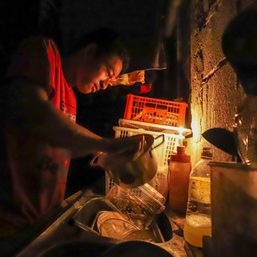
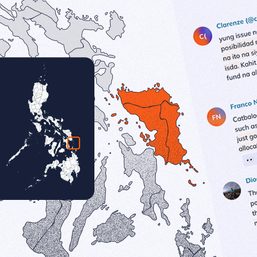

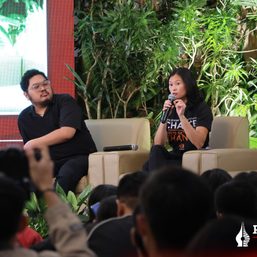
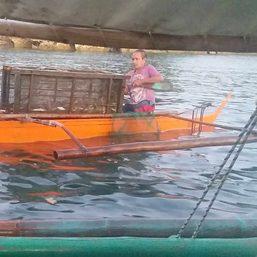
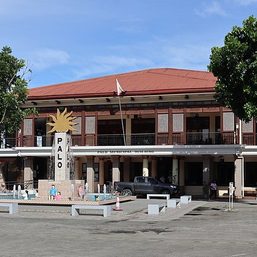
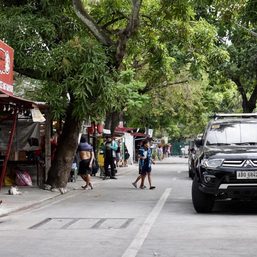


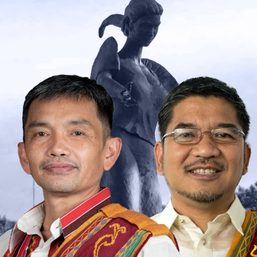
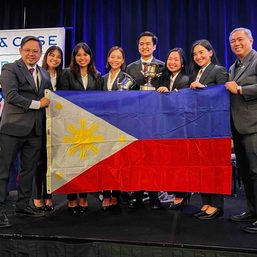
There are no comments yet. Add your comment to start the conversation.